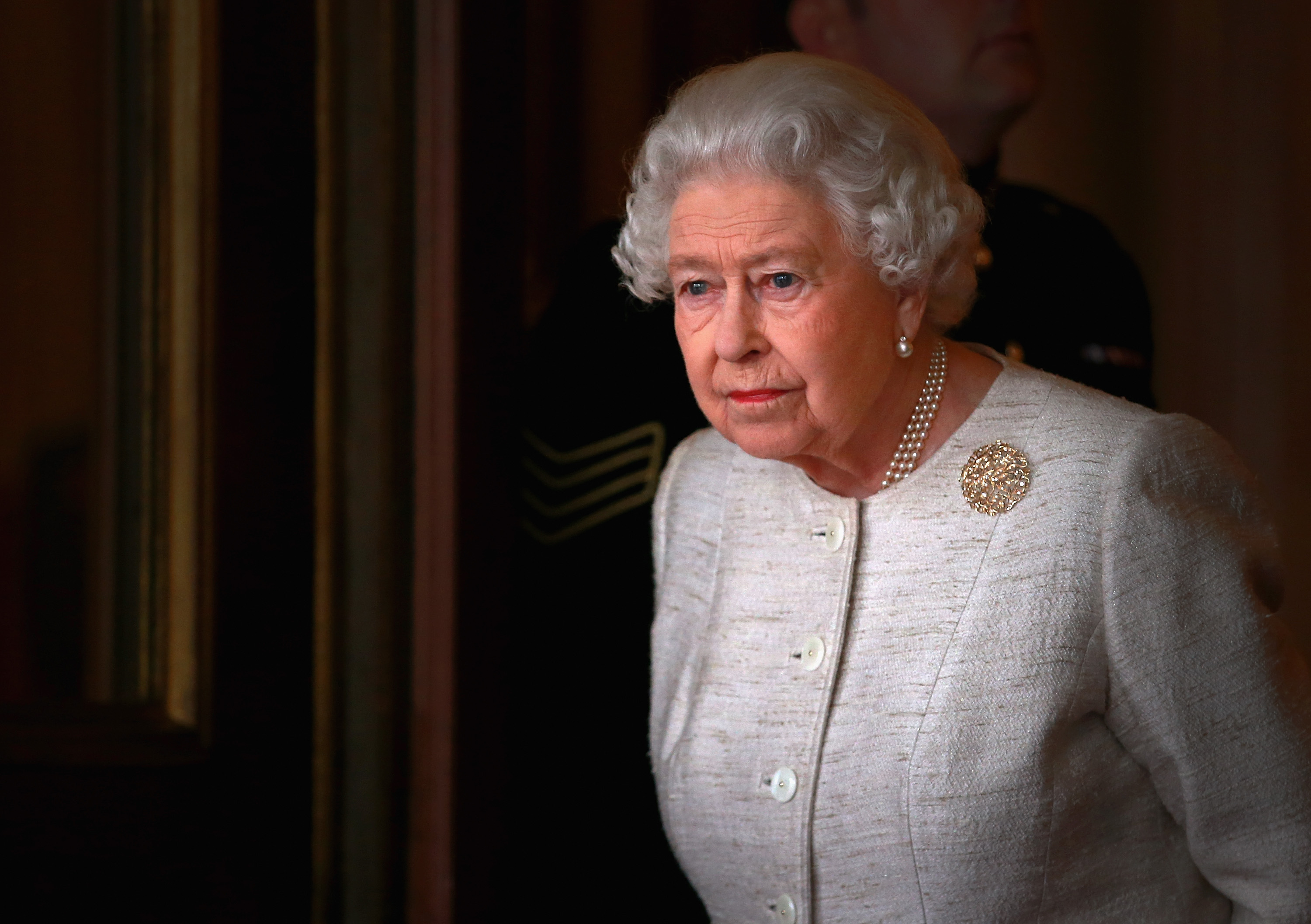[ad_1]

Few people alive remember a time before Queen Elizabeth II.
Her seven-decade reign began in the aftermath of World War II; it persevered through the last throes of Britain’s empire, the insecurity of the Cold War and the dawn of a new millennium, providing a counterweight to the relentless pace of change.
For each of those 70 years, the Queen remained the central fixture in Britain’s collective psyche. Her death, at the age of 96, plunged the country into mourning and an unfamiliar new age.
But on Monday, the nation will say its final goodbye. Britain has ground to a halt for Elizabeth II’s state funeral, expected to be one of the most-viewed events in recent history.
Crowds will line the streets of London to glimpse the procession, and leaders from countries in every part of the world have descended on the British capital.
The first state funeral in Britain since Winston Churchill’s death in 1965, Monday marks the climax of a lengthy mourning period that has seen Britons turn out in droves to join commemorations for Elizabeth. Thousands queued for several hours to see her lying-in-state, and memorial events were held in towns, cities and villages across the country.
King Charles III, Elizabeth’s son and heir who assumed the throne amid a wave of national mourning, will be joined by the rest of the royal family at Westminster Abbey as he pays respects to his mother later.
After the service, the Queen will undertake her final journey as her coffin is driven to Windsor and the late monarch is privately buried — the end of a somber period of transition, and the last act of Britain’s long and momentous second Elizabethan age.
The state funeral begins at 11 a.m. (6 a.m. ET).
Stay with us as we take you through this historic moment for the British royal family and the nation.
[ad_2]
